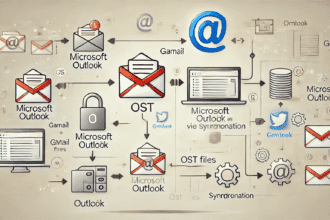
Seeing the first profits from your business is similar to getting your first paycheck. Imagine not getting those profits because someone didn’t properly plan for them.
If you’re a small business owner, it’s imperative for you to stay on top of paying your employees. With so much other stuff going on, that can be difficult to remember.
Choosing how to pay employees doesn’t have to be difficult. Read on to find out why.
Don’t Mess With the IRS
First things first, employee payroll is as much about paying the government as it is about your employees. Make sure you’re following local, state, and federal tax guidelines.
There are few things more damaging to a business’s financial status than tax problems.
Nobody wants to do taxes, either. Especially employee taxes. The good news is that there are tons of apps and services out there that make it much easier than it used to be.
There are really no excuses anymore.
Setting up Payroll
Before you hire an employee, you should already know how much, how often, and what method you’re going to use to pay them. Negotiating salaries is okay, but not when it compromises the integrity of your payroll system.
Running Your Payroll
Once you have the foundation set up for your payroll, make running it efficiently a top priority.
It’s important to have a concrete way to track employee hours and calculate their earnings based on their wages. Withhold the required deductions from employee paychecks and make everything user-friendly.
Whether paychecks are online or tangible, make them easy to read and understand.
An easy way to do this is by using a pay stub generator. Running payroll is all about working smarter, not harder.
Maintain an Organized Payroll
Internally audit your payroll periodically. If you’re noticing a recurring problem, hire a professional to do so.
Learning how to pay your employees isn’t just about the action of handing them a paycheck, or depositing it into their bank account. It’s as much about your peace of mind as it is their livelihood.
Knowing that you’re prepared for things to go wrong is an important part of your peace of mind. Generally, you’ll want to keep your payroll records from up to 3 years prior.
When it comes time to file your taxes, the more informed you are, the less drudgery you’ll have to deal with.
You’ll have to show them how much you withheld from employees for taxes and report social security, Medicare, and federal income taxes.
You also want to make sure you’re up to date on local and state regulations.
After you complete your business’s tax information, don’t forget to include your employee’s W-2s so that they have access to theirs.
Nothing’s worse than an employer who makes a W-2 location a pain.
How to Pay Employees: Attention to Detail
Choosing how to pay employees is more about exercising your due diligence than a preference. Whatever takes the stress out of focusing on the minutia is good. But make sure it’s effective.
As a small business owner, you have so much on your plate. The last issue you want to deal with is payroll. It’s easily avoided if you take calculated precautionary measures.
Check out these new innovations in technology that make running small businesses easier!








